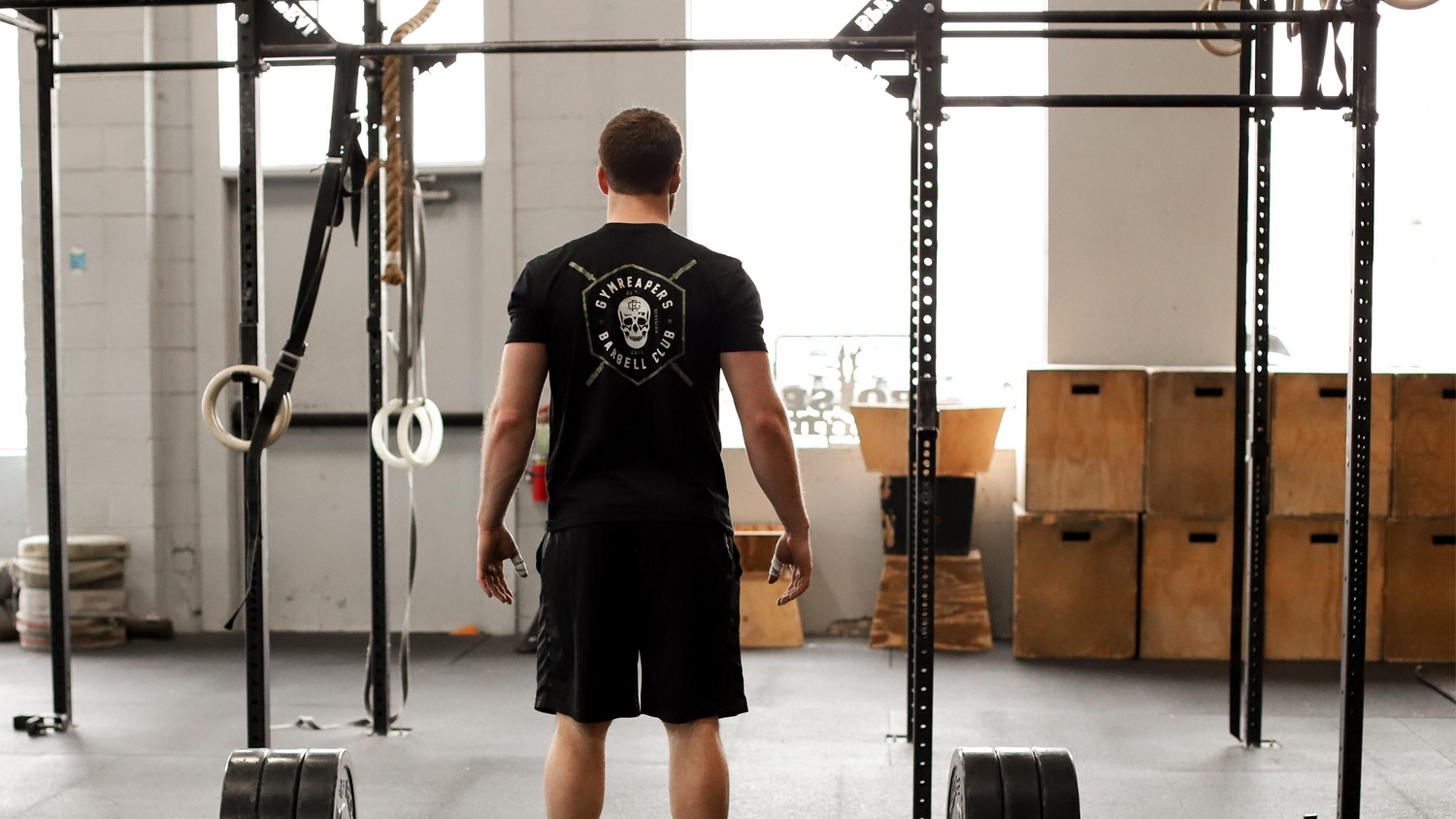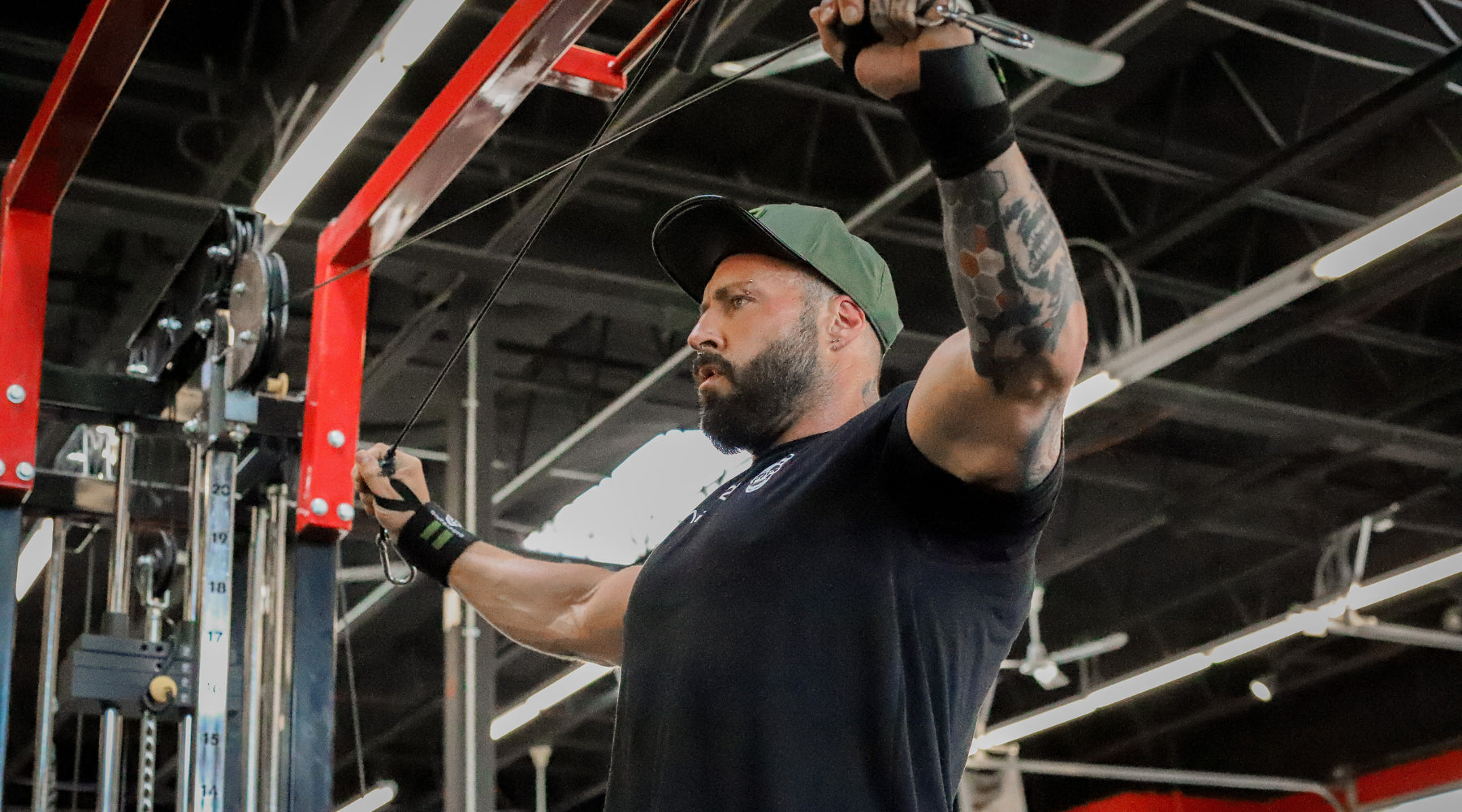What is plyometric training? Often referred to as “plyo”, plyometric training involves explosive movement techniques used by many athletes in sports like basketball, volleyball, tennis, and more.
The science of plyometrics involves stretching and contracting muscles, which is what enables them to develop and evolve. Plyometric training is a fantastic alternative to strength training that boosts muscle power, strength, balance, and agility.
Although it’s a great alternative, it shouldn’t be done daily (or in excess) so that muscle fibers can recover and not become strained. Plyometric training might not be the best option for a beginner, however, if incorporated slowly through the use of a plyometric box, it can bring many benefits.
Plyo training has been elevated by the use of a plyo box to exert maximum force in a short amount of time. The end goal is to increase power and speed strength.
What are some common benefits of using a plyometric box for training? If you’re limited in space (at home or wherever you train) and thinking about incorporating new ways to build muscle and stability, then using a Ply Box might be for you.
We’ll explain the purpose of a plyo box, who benefits using one, some suggested exercises, and more. Get ready to start moving more effectively and develop stronger muscles in your lower and upper body.

What is a plyo box?
A plyo box is an essential piece of equipment that many use to improve muscle tension, performance, and mobility. If you don’t play sports or aren’t into athletics, you’ve still likely used a form of plyo training technique already.
Plyo training can include moves like skipping, jumping, lunges, box jumps, squats, step-ups, dips, and more. Before you start using one on your own, there are a few key things to consider.
First, be sure you test how different movements impact the pressure on your back, torso, and legs — especially if you’re just starting. Second, following proper form always ensures you’re set up for a good workout, so do your part to prepare. Lastly, using a plyo box should not be painful, so if you experience discomfort or pain, stop the exercise, and reconsider alternatives.
How do you use a plyo box?
Jumping on a plyo box doesn’t look complicated, however, it’s an easy oversight that can result in injury. To make sure you’re performing a box jump workout correctly, stand one to two feet away from the box with legs at about shoulder-width apart. Using the momentum from your hands and lower body, use a countermovement jump to propel your body onto the plyo box.
Once both feet are firmly on the box, stand straight up and pause before stepping off and repeating the motion. Don’t jump back down from the box as it could cause an uncomfortable experience for your knees in the long run.
Who can do plyometric exercises?
With the proper form, using a plyo box is an overall great way to increase upper and lower body strength and stability for anyone. As we suggested previously, plyo box exercises can help increase stability, train fast-twitch muscles, and improve mobility. Use a plyo box for an intense workout at any fitness center, home gym, or your local gym.
A form of plyo training helps train for a variety of sports because it involves a series of jumps and hops. From professional basketball and volleyball players to tennis stars and gymnasts, plyo box training has been used to improve vertical jump and forces the use of muscle fibers in the legs and arms.
For example, box jumps are a popular move that provides sudden bursts of energy, helping strengthen muscles as you propel up onto the box.

The benefits of using a plyo box
When done right, a workout that includes a plyo box can be very beneficial for many reasons, but we’ll highlight the three main benefits.
It’s no surprise that executing plyo box exercises works all of your leg muscles while strengthening your core (by using your body weight). Best of all, you can integrate any plyo box exercise in your workout routine as a cardio exercise or as a substitute for moves like jumping jacks.
There are many different variations of movements that can be performed using a plyo box, which we’ll highlight a bit later. For now, here are our top three benefits of using a plyo box and how they can improve your body.
1) Increase Muscle and Power
Who doesn’t want stronger tendons and muscles? Using a plyo box for training helps improve muscle explosiveness as they’re forced to rapidly contract and stretch. As you advance in training, endurance and stamina are also improved so you can knock out grueling workouts with resilience.
2) Burn more calories
As you navigate through the different moves on a plyo box, you’ll notice one thing — the amount of sweat you shed. Another noticeable aspect is an increase in heart rate. These are both indicators that you’re burning more calories since you’re using so much momentum from the lower and upper body. Your resting metabolic rate also increases, which equates to more calories burned even at a resting state.
3) Better balance and stability
Since you’re training your form will be impeccable as you’re moving up and down on the plyo box, you’re also working on your mobility. Using your body weight, you’ll improve your balance through repeated motion and your stability will increase over time as you strengthen your muscle fibers in your legs and hips.
Best plyo box workouts
Let’s get into some exercises that can help you shape up your lower and upper body simply by using a plyo box. Remember that form should be a top priority for each of the movements below, as they’ll test your stability and muscle strength. Get ready to sweat with these top exercises:
1) Box Jump Workout
A classic exercise synonymous with the plyo box is the box jump. A big benefit of doing this movement is that it strengthens essential muscles like your glutes, quads, calves, and hamstrings. Box jumps bring all the benefits mentioned above and are fairly easy to do. Here’s how to do a box jump workout:
- Stand one to two feet in front of a box with your feet shoulder-width apart.
- Swing your arms and hips back while keeping a tall chest, flat back, and engaged core.
- Next, swing your arms forward and use the momentum to jump up and slightly forward.
- Your goal is to land softly with both feet firmly on the box.
- Stand up, lock out your knees, and extend your hips.
- Lastly, step back down to the ground (do not jump off) and repeat the process.
2) Depth Jumps
If power and vertical jump is a big focus for you, depth jumps are your move. They're ideal for building explosive strength and will improve your reaction time. The higher (elevated) the box is, the greater the strength development. Here’s how to perform depth jumps:
- Stand on top of the box with your feet shoulder-width apart.
- Step down with both feet while bending your knees to absorb the shock as you land.
- Once you’re on the ground, instantly jump up as high as you can.
-
Repeat the process for as many times as you can.
3) Elevated Knee Touches
As a finisher to our suggested workouts, elevated knee touches will work your arm and core muscles. This movement requires great form and a rigid core so you can get maximum results. Here’s how to go about it:
- Start in a plank position with your feet on a plyo box and your hands on the floor in front of you.
- Tighten your core and bring one knee towards your elbow.
- Return your leg to the starting position and repeat on the other side.
- Repeat the process for as many times as you can and in a slight pause for more complexity.

Choosing plyo box options
Believe it or not, plyo boxes aren’t created equal. You’ve seen them at your local gym or fitness center. While some retain their shape well, others are beaten and worn down. One of the biggest factors when it comes to choosing the type of plyo box comes down to longevity.
What are plyo boxes made out of? The most common type of material that you’ll see is plywood. The size and dimensions of a plyo box can vary but a quality box should have sanded edges to prevent body scrapes on missed jump attempts.
You’ll sometimes see plyo boxes made out of plastic or metal with rubber or soft padding for grip, depending on where you work out. The most important thing is to remember the benefits that a plyo box offers, such as stronger muscles, improved vertical jump, and better mobility.













Leave a comment
All comments are moderated before being published.
This site is protected by hCaptcha and the hCaptcha Privacy Policy and Terms of Service apply.